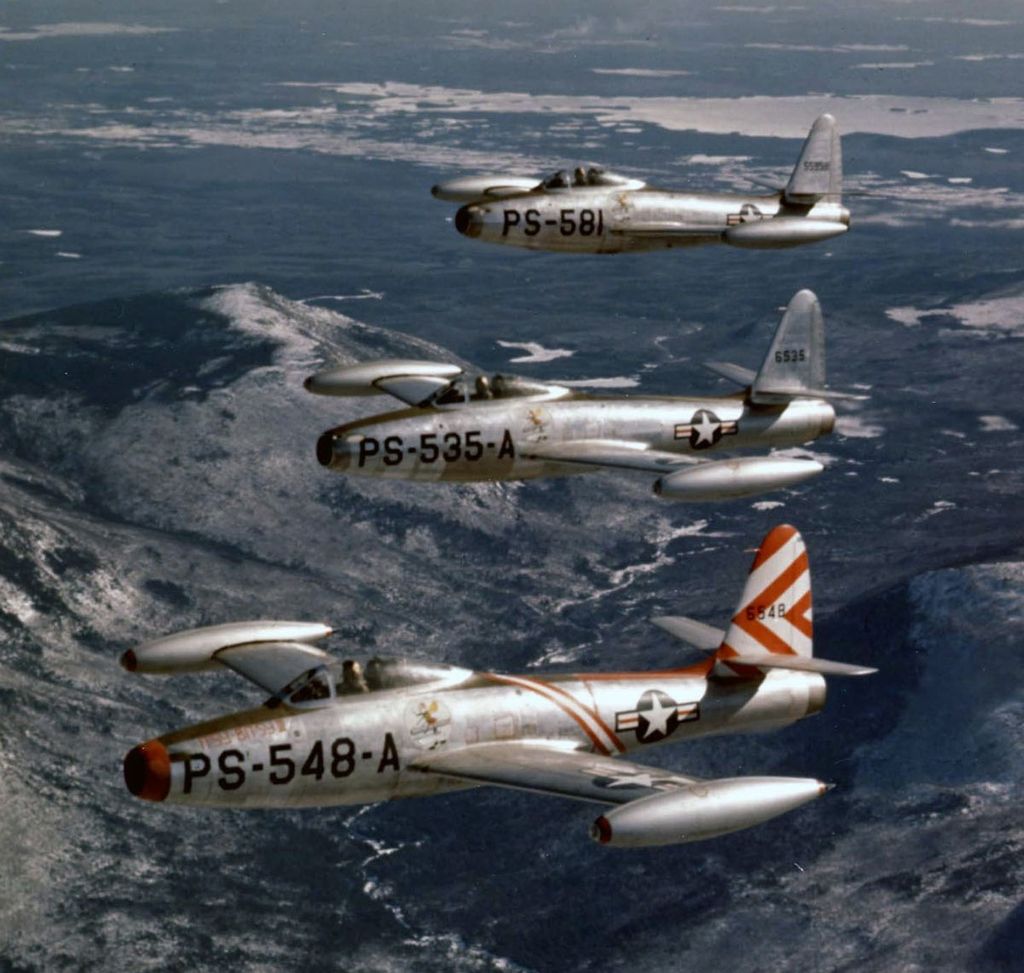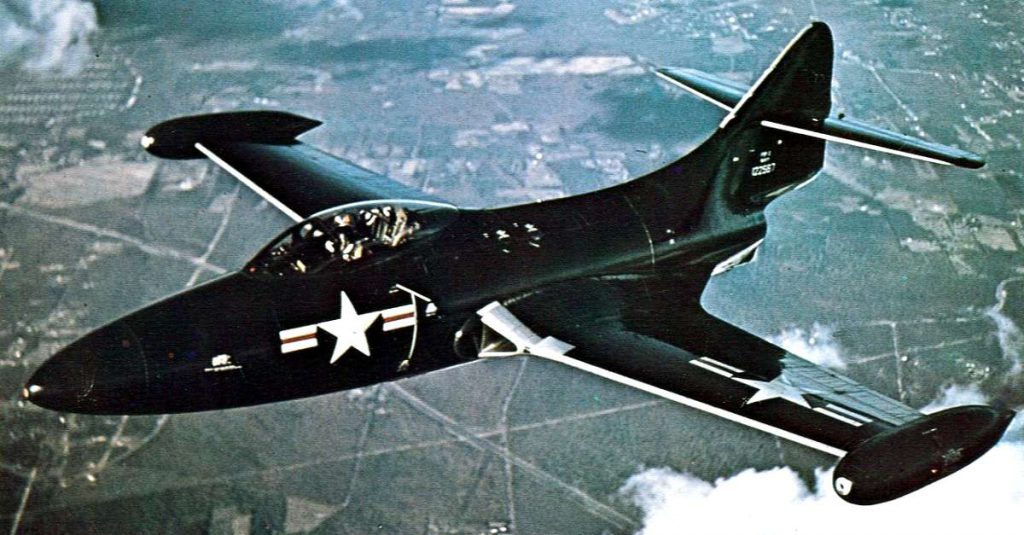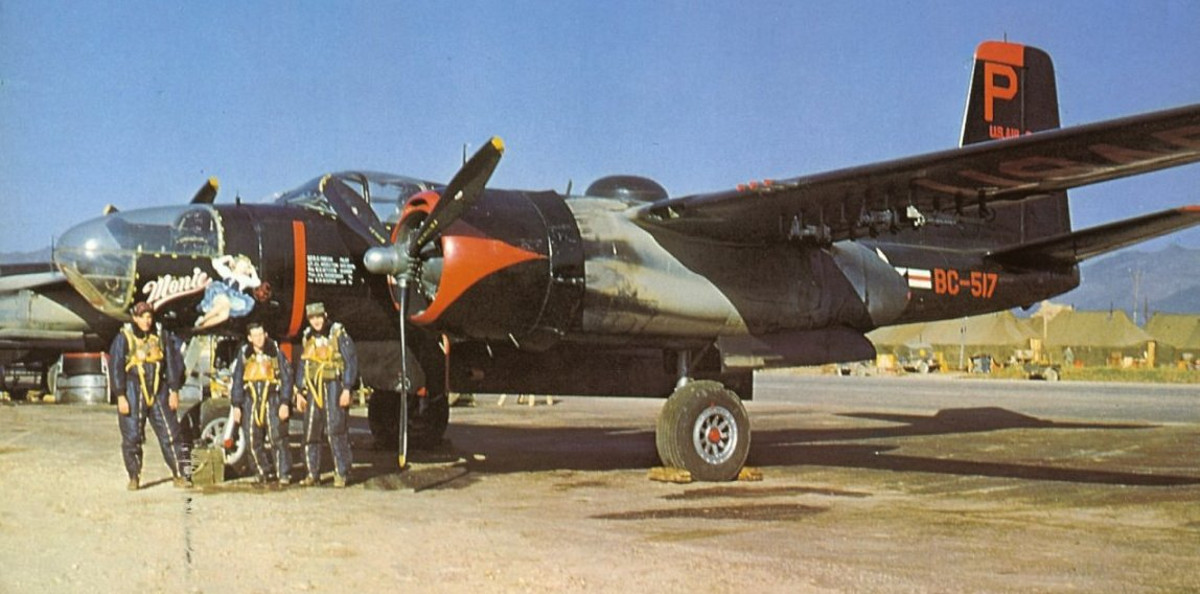And if the 2 KWC jets (Saber and MiG) prove to be interesting enough to provide more than a two week amusement it would be an arena with a lot of development potential on top of being a home for a lot of models already in existence. Granted, the Saber and MiG would be the two top gorillas (possibly perked?). In an MA style arena, there's all sorts of match-ups that make the larger number of U.N. jets less lop-sided.
Here are some of the more interesting possibilities (IMO):

A twin-cockpit design based on the redoubtable F-51 Mustang, the F-28 was used extensively as an air defense fighter and additionally in a ground attack role. From 1950 to 1952, Twin Mustangs shot down 16 enemy aircraft and destroyed four more on the ground. Despite their success, they were replaced and withdrawn from service in the summer of 1952.

Initially put into production in 1945, the Sea Fury saw service throughout the Korean War. On August 8th, 1952, a Sea Fury launched from the HMS Ocean became one of the few propeller driven aircraft to shoot down a jet fighter in combat.

The first F-84s arrived in Korea in 1950, with the initial mission of escorting the B-29 bomber on missions into enemy territory. Ultimately, it proved too slow to keep up with enemy fighters. But the F-84 carved out a niche for itself as an effective ground attack aircraft. Its most noteworthy mission was an attack on a series of dams in North Korea. The resulting flood extensively damaged critical enemy infrastructure and hampered the Communist war effort.

As the Korean War progressed, all parties involved saw the need for an effective ground attack aircraft. For the US Navy and Marine Corps, they found it in the Grumman F9F Panther. Developed in the 1940s and serving through the end of the 1950s, the F9F proved to be a powerful tool for supplying close air support. Armed with four 20mm cannons and an assortment of air-to-ground munitions, the nimble fighter could deliver its payload wherever it was needed. Given that the F9F was Grumman’s first foray into the world of fighter jets, the Panther’s achievements are especially admirable.

The first jet fighter used by the US Air Force in combat, the P-80 Shooting Star was a milestone in aviation history. The Shooting Star was also subject to one of the fastest development processes in history. The aircraft only took 143 days from the start of the design process till the first flying aircraft. Ultimately, the arrival of the P-80 Shooting Star did a great deal to turn the tide of aerial warfare in the favor of the US and its allies during the Korean War.

The Douglas A-26 Invader was a powerful tool in suppressing ground forces and destroying critical enemy infrastructure. A unit of Invaders based in Japan was among the first US air power components to enter the war. Their record over the next two years is still impressive. With over 15,000 stories flown, roughly half of them at night, the US Air Force only lost 85 A-26 Invaders to enemy action. Able to carry up to three tons of bombs, the A-26 was the prefect bomber for the mission.
https://militarymachine.com/korean-war-aircraft/
Performed heavy lift cargo operations to and from Korea. On 27 September 1951, a C-124A began FEAF-hosted service tests labeled Operation PELICAN. In a little over one month, the aircraft flew 26 missions between Japan and Korea, carrying an average load of 34,000 pounds, double the amount carried on the C-54.
https://en.wikipedia.org/wiki/USAF_units_and_aircraft_of_the_Korean_War
During the Korean War, AD Skyraiders were flown only by the U.S. Navy and U.S. Marine Corps, and were normally painted in dark navy blue. It was called the "Blue Plane" by enemy troops.[13] Marine Corps Skyraiders suffered heavy losses when used in low-level close-support missions. To allow low-level operations to continue without unacceptable losses, a package of additional armor was fitted, consisting of 0.25–0.5 inches (6.4–12.7 mm) thick external aluminum armor plates fitted to the underside and sides of the aircraft's fuselage. The armor package weighed a total of 618 pounds (280 kg) and had little effect on performance or handling.[14] A total of 128 Navy and Marine AD Skyraiders were lost in the Korean War – 101 in combat and 27 to operational causes.
https://en.wikipedia.org/wiki/Douglas_A-1_SkyraiderOf course, helicopters were used extensively but they were mainly only rescue and M*A*S*H casualty carriers.
Again, that's only the 'room to grow' list if the short and sweet Saber/MiG addition proves the effort equals the interest.